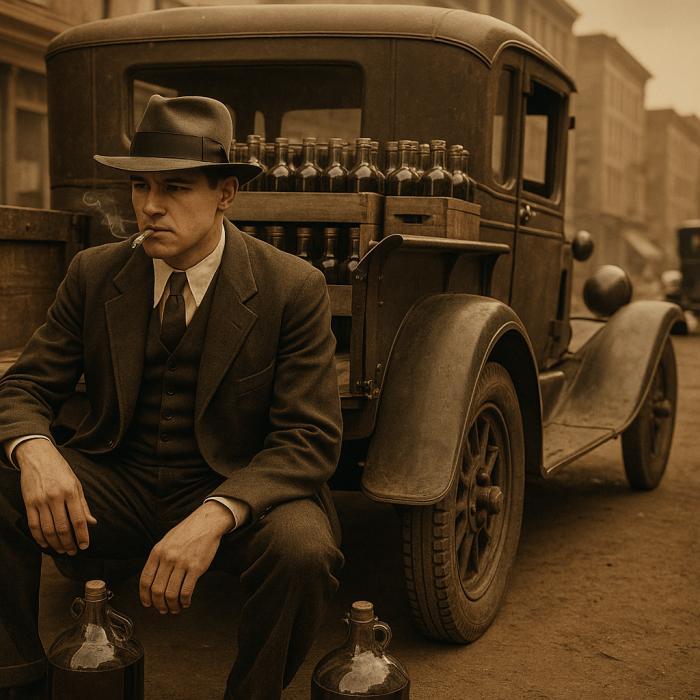8. Women Bootleggers: Unsung Heroes of Illicit Alcohol

While history often highlights notorious male figures, women played a crucial yet frequently overlooked role in bootlegging operations. Many women leveraged societal perceptions of innocence and domesticity to successfully evade suspicion, running sophisticated smuggling networks and managing profitable speakeasies under the radar. Figures like Gertrude “Cleo” Lythgoe, known as the “Queen of the Bahamas,” coordinated maritime rum-running routes, while others distilled moonshine discreetly from home kitchens. These enterprising women navigated complex criminal enterprises, defying traditional gender roles and quietly amassing significant wealth and influence within the illicit alcohol trade, demonstrating resourcefulness and resilience amid prohibition-era restrictions.
















